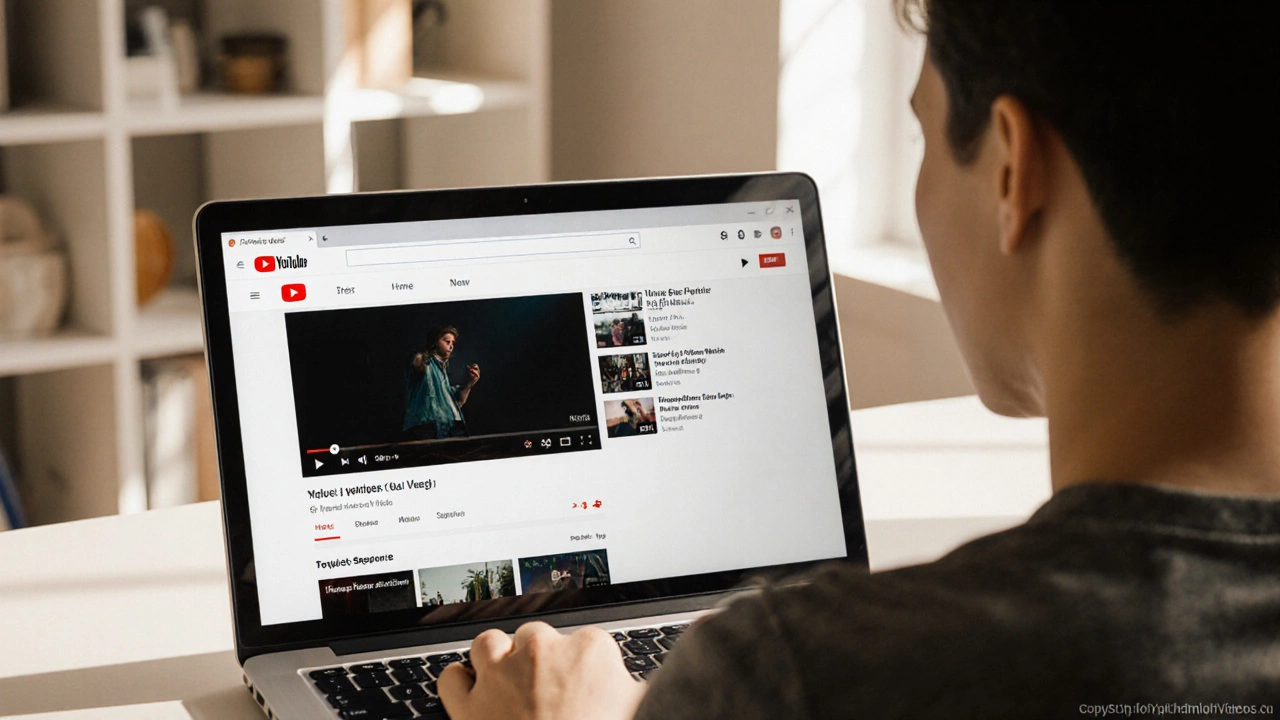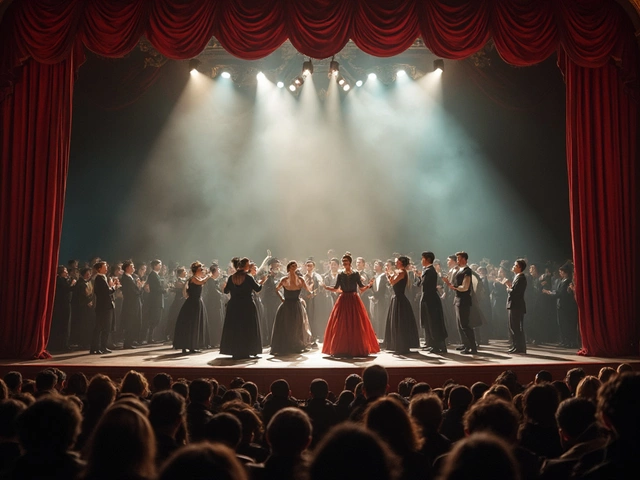Royalty‑Free Music: What It Is and Why It Matters
When working with royalty‑free music audio tracks that you can use without paying repeat fees royalty‑free tracks, you get a simple way to add sound without endless paperwork. It’s a type of royalty‑free music that lets you focus on the creative side while the legal side stays quiet. The core idea is that the creator sells you a one‑time license, so you never have to send a check every time the video plays or the game launches. This model contrasts sharply with traditional royalty‑based licensing, where each play triggers a new payment. Because the fee is fixed up front, budget planning becomes crystal clear and you can scale projects without fearing hidden costs. Think of it as buying a cookbook once instead of paying per recipe you cook – the more you use it, the better the deal feels.
How Licensing, Streaming Royalties, and Artists Connect
The world of music licensing the set of rules that determine how music can be used in media song licensing frames everything you do with royalty‑free tracks. Proper licensing tells you whether you can edit, remix, or sync the music with video. Without a clear license, you risk takedowns or legal trouble. At the same time, streaming royalties payments artists receive each time their music is played on platforms digital royalties shape how creators price their libraries. If an artist earns a good slice from streams, they may price their royalty‑free bundles lower, making them attractive to indie filmmakers and podcasters. Conversely, low streaming income pushes some creators to rely more on one‑off sales, which can raise the cost of a single track but guarantee the buyer full usage rights. Independent creators, whom we’ll call independent artists musicians who produce and sell music without a major label solo musicians, often blend both worlds: they tap streaming platforms for exposure and collect royalty‑free sales for steady cash flow. This dual strategy lets them fund new projects while offering affordable options to content makers.
When you pick a track, think about the end use: background music for a YouTube vlog, a theme for a corporate video, or a mood piece for a mobile game. Each scenario benefits from the predictability of royalty‑free terms, but you still need to verify the license scope – does it cover commercial use, worldwide distribution, or broadcast? Most libraries score high on flexibility, letting you layer the music, adjust volume, or loop it without extra charges. The big win is time: you skip the back‑and‑forth with rights holders and get the sound you need in minutes. That speed is why marketers, educators, and hobbyists alike gravitate toward royalty‑free collections. Below you’ll find articles that break down the history of modern art, explain abstract styles, and even dive into how Spotify royalties work – all showing how creative fields intersect with the economics of music and visual art. Explore the list to see how each topic ties back to using royalty‑free audio wisely, whether you’re a beginner looking for a starter pack or an experienced creator fine‑tuning your workflow.
Is YouTube Music Free? What You Need to Know
Learn if music on YouTube is truly free, the licensing rules that apply, and how to use tracks safely in your own projects.
Continue Reading



